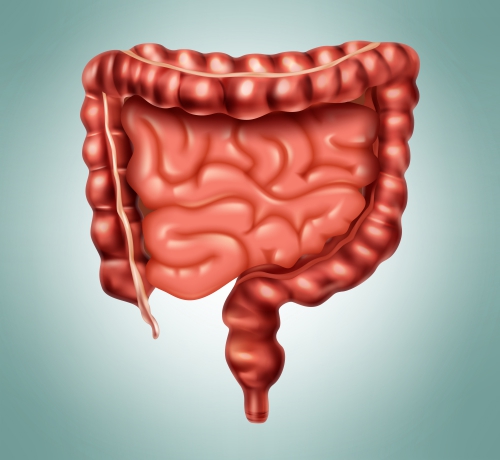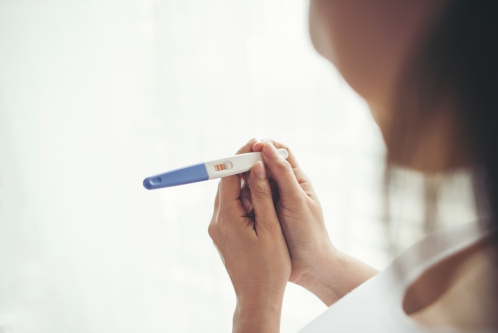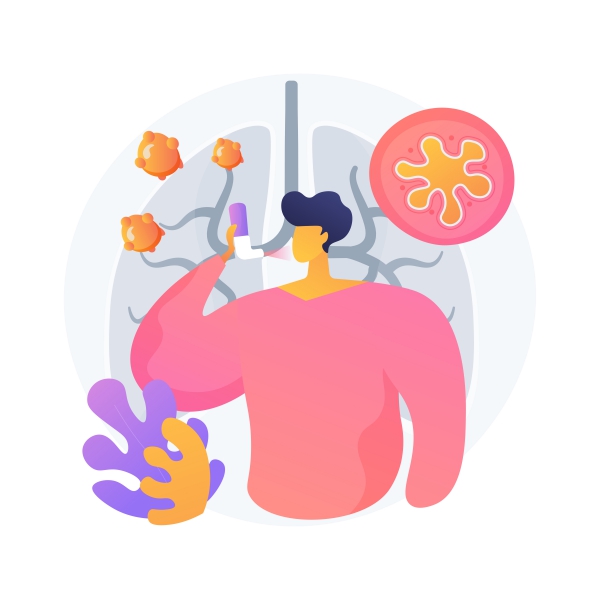What is torsion of testes?
Torsion of testes is when one of the testes twists on itself compromising its blood supply which can result in severe pain and death of the testicle. The testes is the male reproductive gland which is responsible for the production of sperm and the hormone testosterone. The testes is located within the scrotum, which is a small muscular sac located just beneath the penis that serves to protect the testes, blood vessels and part of the spermatic cord.
The incidence of torsion of testes in males aged below 25 years is 1 in every 4000. This condition is a surgical emergency. If surgical intervention is done within 6 hours, the testes can be saved, if not, the affected testes will have to be removed.
What causes torsion of testes?
In normal males, the testes are firmly attached within the scrotum to prevent twisting of the spermatic cord. The spermatic cord contains the arteries, nerves and lymphatic vessels of the testes. Certain people have a bell-clapper deformity, which means that the testes is not appropriately fixed to the scrotum which predisposes them to twisting of the spermatic cord. When the spermatic cord is twisted, the blood supply of the testes is cut off leading to damage of the testes.
Although torsion of testes can affect males of all ages, it is more common in males aged between 12 to18 years. In addition, having a parent or sibling affected by this condition, increases your risk of developing torsion of testes.

What are the signs and symptoms of torsion of testes?
The signs and symptoms of torsion of testes include:
- Sudden onset of severe scrotal pain that is located in only one side.
- Swelling of one side of the scrotum.
- Nausea and vomiting due to severe pain.
- Absence of the cremasteric reflex- this reflex can be tested by stroking the skin of the inner thigh which will cause the muscles in scrotum to contract leading to wavelike movements on the surface of the scrotum.
- Abdominal pain
- The scrotum on the affected side is relatively higher.
- Redness of the scrotum.
There are other diseases which may resemble torsion of testes and these include:
- Torsion of testicular or epididymal appendage
- Epididymitis
- Epididymo-orchitis
- Hydrocele
- Idiopathic scrotal edema
- Idiopathic testicular infarction
- Traumatic rupture
- Traumatic haematoma
Making a diagnosis
To make a diagnosis, your doctor will first take a detailed history from you to know more about your symptoms. After the history taking, your doctor will perform a thorough physical examination to look for signs of torsion of testes. There is a special test done at bedside to confirm the diagnosis of testicular torsion and it is known as the Prehn’s test. During this test, the affected side of the scrotum is elevated and if the pain increases upon elevation of the scrotum, the diagnosis of testicular torsion is confirmed. Your doctor may order some tests to help in the diagnosis of testicular torsion and these include:

- Urinalysis: This test is done to exclude urinary tract infection and epididymitis as the cause of the scrotal pain.
- Blood studies: The white blood cell count is elevated in 60% of people with torsion of testes. C-reactive protein level (an acute-phase protein which indicates presence of inflammation) is elevated in inflammatory diseases such as epididymitis and help to rule out torsion of testes.
- Ultrasonography: Torsion of testes is a clinical diagnosis, meaning only history and physical examination is sufficient to make a diagnosis. If these strongly suggests torsion of testes, surgery should be followed without delay. However, if there is low suspicion, colour Doppler ultrasonography can be used to evaluate whether there is normal or restricted blood supply to the testes. In addition, this test also provide information about the scrotal anatomy.
- Magnetic Resonance Imaging (MRI) scan: Contrast enhanced MRI scan is highly accurate in the diagnosis of testicular torsion. However, its use in an emergency setting remains controversial.
- Radionuclide scan: Decreased uptake of the radioactive chemical indicates an abnormal blood flow to the affected testicle. Furthermore, the sensitivity of this test is 90-100%.
- Near-infrared spectroscopy: This new tool can detect oxygen saturation 3-4 cm deep in the skin in 20 seconds and is non-invasive. It is 100% sensitive and specific for testicular torsion. However, more studies are required before it becomes available for clinical use.

What are the treatments for torsion of testes?
The management of testicular torsion involves mainly medications and surgery. The medications used include:
- Analgesics: These medications are used to relieve the severe scrotal pain associated with testicular torsion. Morphine is the drug of choice to relieve pain as it is reliable due to its predictable effects, ease of reversibility with naloxone and safety profile. However, as it is addictive substance, its use should be closely monitored.
- Antiemetics: These medications are used to prevent nausea and vomiting. Examples include prochlorperazine, metoclopramide and ondansetron.
- Antianxiety agents: These medications are used to relieve the anxiety associated with testicular torsion. Diazepam is the drug of choice due to its calming effects. The dosage of this medication should be individualised and increased with caution, in order to prevent adverse effects such as drowsiness, tiredness, muscle weakness, dry mouth and headache.
The definitive treatment of testicular torsion is surgical detorsion and this procedure is known as orchidopexy. This procedure aims to replace the spermatic cord back into its normal position in order to restore the blood supply to the affected testicle. First, an incision is made on the scrotum to expose the testes. Your surgeon will then assess whether the testicle can be saved or not by looking at its colour. If the testicle can be saved, the surgeon puts the testicle back into place and stiches it to prevent future torsion. However, if the testicle cannot be saved, then the affected testicle is removed and this procedure is known as orchidectomy. The other healthy testicle is stitched to the scrotum as a prevention measure.

What are the complications of testicular torsion?
If torsion of testes is not treated before 6h, the affected testicle dies and will have to be surgically removed. Furthermore, in some cases, the loss of a testicle may decrease the chance of man getting his partner pregnant. In addition, the dead testicle may become infected if not removed. After the surgical procedure, the appearance of the scrotum may be affected.
Prognosis
As torsion of testes is a surgical emergency, it is of utmost importance to diagnose this condition quickly in order to get the surgery done as soon as possible. The success rate for the treatment of testicular torsion is 90-100% before 6 hours, 20-50% at 12-24 hours and 0-10% after 24 hours.
Source:
J. Alastair, I. and Simon, M., 2016. Davidson's Essentials of Medicine. 2nd ed. London: ELSEVIER.
Parveen, K. and Michael, C., 2017. Kumar & Clarks Clinical Medicine. 9th ed. The Netherlands: ELSEVIER.








